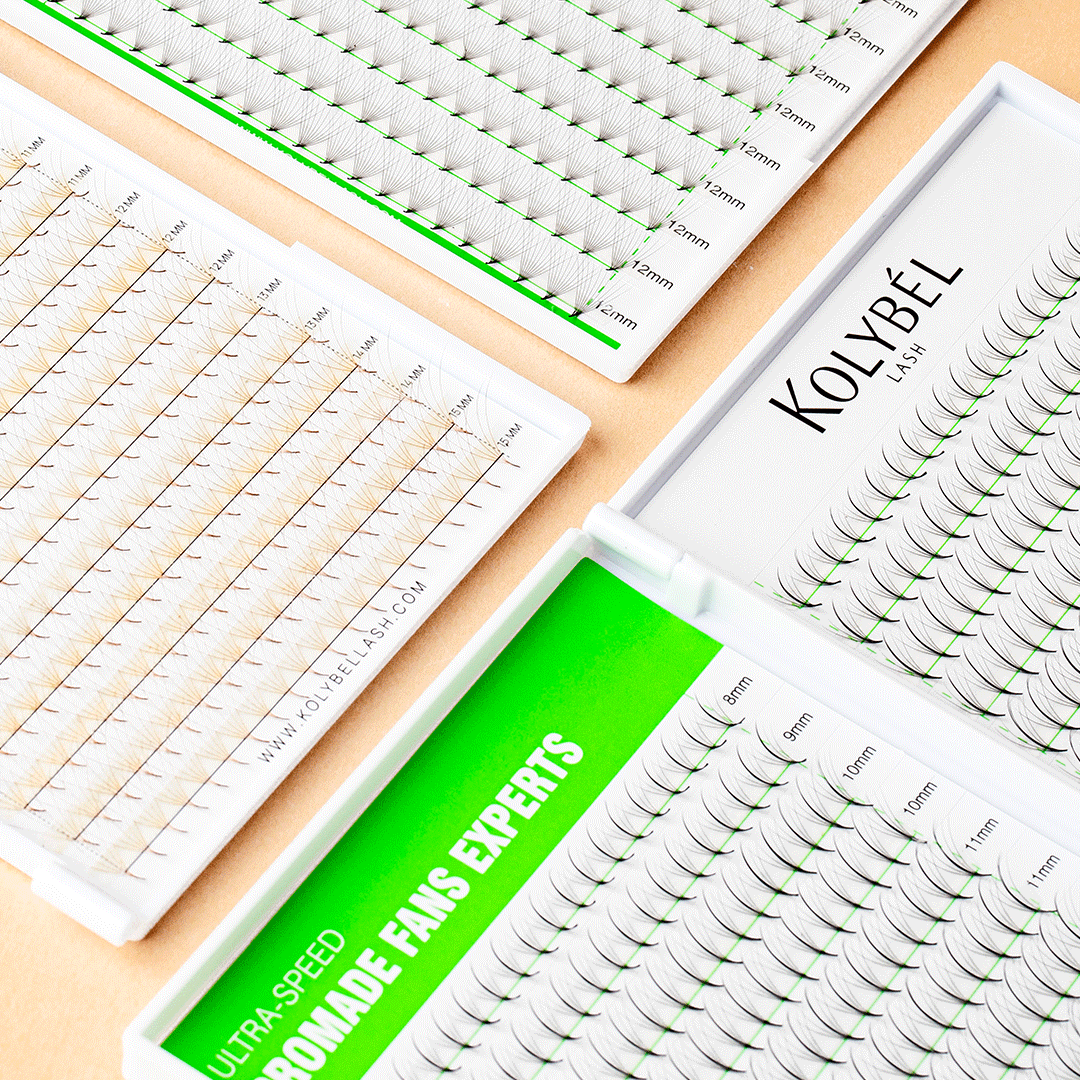Top Lash Extensions Placement Tips: Master Attachment Directions for Flawless Results
When it comes to lash extensions, placement isn’t just about where you put the lash—it’s also about how you attach it. The direction of attachment directly impacts the set’s longevity, comfort, and natural appearance. As a lash technician, understanding how to match attachment methods to your client’s natural lash growth patterns is key to creating stunning, long-lasting results. In this blog, we’re breaking down the top placement tips for lash extension attachment—including whether side attachment is a viable option.
1. Top Attachment: For Straight or Downward-Growing Natural Lashes
Natural lashes that grow straight out or downward are common, especially on the inner corners or for clients with naturally lax lashes. For these lashes, top attachment is the go-to method. This involves placing the extension on the top side of the natural lash, close to the root.
Why it works: Lift and Visibility: Top attachment adds subtle lift to straight or downward lashes, making the client’s eyes appear more open without overcomplicating the application.Stability: The top side of the natural lash provides a flat, secure surface for the adhesive to bond, reducing the risk of the extension slipping or shedding prematurely.Natural Blend: Since the extension sits on top of the natural lash, it follows the lash’s natural trajectory while adding length and fullness—avoiding a “stiff” look.
Pro tip: For downward-growing inner corner lashes, pair top attachment with a softer curl (like B or C) to keep the look gentle and natural.

2. Side Attachment: A Solution for Sparse or Newly Growing Lashes
Many clients wonder, “Can I attach a lash extension from the side?” The answer is yes—side attachment is a valuable technique, especially when a client has sparse natural lashes or newly growing lashes that are too short or thin for traditional top/bottom placement.
Side attachment involves placing the extension on the side edge of the natural lash, rather than the top or bottom. Here’s when to use it: Sparse Lash Lines: When natural lashes are widely spaced, side attachment allows you to fill gaps without overlapping extensions or putting excess weight on neighboring lashes.New Growth: For short, emerging lashes (1–2mm long), the side provides a more accessible bonding surface than the tiny top/bottom of the lash.Fine Lashes: Clients with extremely fine natural lashes may benefit from side attachment, as it distributes the extension’s weight more evenly across the lash shaft.
Side attachment requires extra precision! Use a ultra-fine tweezer to grip the extension’s base and align it parallel to the natural lash’s side. Avoid placing too much adhesive, as excess can seep onto adjacent lashes and cause clumping.

3. Bottom Attachment: For Curly or Upward-Growing Natural Lashes
Clients with naturally curly or upward-growing lashes (think: “I already have nice curl, I just want length!”) thrive with bottom attachment. This method places the extension on the bottom side of the natural lash, leveraging the lash’s existing curl for a seamless finish.
Benefits of bottom attachment: Enhances Natural Curl: By attaching to the bottom, the extension follows the natural lash’s upward curve, amplifying the curl without creating a “stacked” look.Reduced Contact with Eyelids: Upward-growing lashes lift away from the lid, so bottom attachment keeps the extension from rubbing against the eyelid margin—minimizing irritation.Longevity: The bottom of curly lashes often has less oil buildup than the top, leading to a stronger adhesive bond that lasts through the lash’s growth cycle.
Pro tip: For clients with very curly lashes (e.g., natural C or D curl), use an extension with a matching curl to keep the set cohesive—bottom attachment will let the natural curl shine through.

Key Rules for Any Attachment Method
No matter which attachment direction you choose, these universal tips will ensure success: Isolate First: Always fully isolate the natural lash before attaching an extension. This prevents clumping and ensures each extension bonds to one lash only.Keep It Close to the Root: Attach the extension 0.5–1mm from the skin, regardless of direction. This balances adhesion and comfort.Match Weight to Natural Lashes: A 0.15mm classic extension is too heavy for a fine natural lash—opt for 0.10mm or volume fans instead, no matter the attachment direction.Check for Comfort: After attaching a few extensions, ask the client if they feel any irritation. Adjust placement if needed—discomfort is a sign the attachment isn’t quite right.

Final Thoughts: Adaptability Is Key
The best lash technicians don’t rely on one attachment method—they adapt to each client’s unique lashes. By mastering top, side, and bottom attachment, you’ll be able to handle any lash type: sparse, curly, straight, or newly growing.
And to circle back to the big question: Yes, side attachment is absolutely possible—and incredibly useful! With practice, it’ll become a go-to tool in your lash kit.





